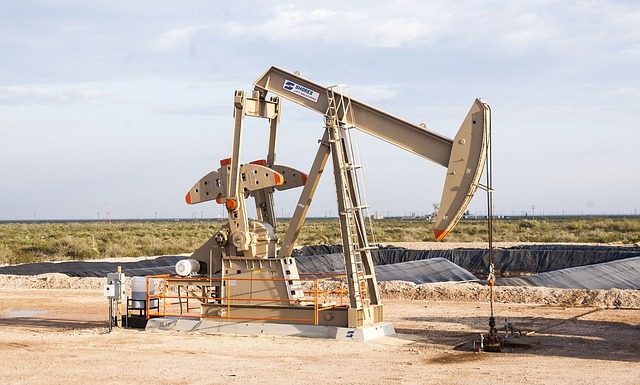As oil prices sluggishly recover from their 2014 lows and rising investments in renewable energy sources gain traction, oil and gas companies are increasingly gravitating toward innovation. The future of oil and gas is expected to be shaped by technological advancements, with companies incorporating smart technologies to stay competitive and keep the fuel flowing.
The oil and gas industry’s increasing technological penetration has paved the way for the deployment of smart oilfields. Through integrated workflows, companies are increasingly deploying smart oil fields to maximise oilfield recovery, eliminate downtime, and drive profitability. Oil companies can also use highly advanced smart oil fields to redevelop existing oil fields and improve oil well management. The smart oilfield market is expected to grow as a result of these factors.
Overview of the Global Smart Oilfield Market
The smart oilfield, also known as the digital oilfield, has become one of the hottest topics in the oil and gas industry today. In order to increase the efficiency of an oil and gas field, smart oilfields use advanced software and hardware, as well as extensive data analysis. Because of the ever-increasing energy demand and the growing number of maturing oilfields, the smart oilfield assists in achieving maximum productivity by incorporating intelligent automation and monitoring. Smart oilfields collect real-time data from pump flow sensors, pressure and temperature metres, tank-level sensors, and a variety of other I/O devices, and send it to a central server and control room.
The information is then further analyzed to provide real-time insight into the current situation. Live video feeds are also available in many smart oilfields for visual monitoring and evaluation. Reservoir engineers and laboratory technicians can access real-time data and make changes remotely using a tablet, notebook, or other device thanks to the smart oilfield.
With rising energy demand from both developed and developing countries and dwindling oil reserves, oil and gas companies must find new ways to boost productivity while lowering costs, boosting the adoption of smart oilfield technology. The global market for smart oilfield is expected to grow at a significant CAGR over the forecast period, owing to the aforementioned facts.
Market Dynamics in the Smart Oilfield
Following the 2014 price crash, oil and gas companies have been heavily investing in digital technologies in order to cut costs. Oil supermajors can squeeze every last drop of profit out of every oil barrel they sell thanks to smart oilfield technology, which is especially important given the region’s finite reserves. The transition to a smart oilfield may cost a lot of money, but by integrating design and workflow effectively, the ROI and profitability will increase by lowering production costs. As a result, this is expected to bode well for the global smart oilfield market’s growth.
The growing use of wireless technology and ubiquitous ethernet in smart oilfields may raise concerns about reliability and cyber intrusion. Although smart oilfield connectivity and networking can save thousands of dollars in operating costs, no network is completely secure. However, in a smart oilfield, the use of a less reliable simple serial network could stymie market growth. On the other hand, in some regions, the slow growth of the smart oilfield market may be due to a lack of digital infrastructure in emerging economies.
For List of Key Players and Full Segmentation, Ask for a Sample Report – https://www.factmr.com/connectus/sample?flag=S&rep_id=2087



































